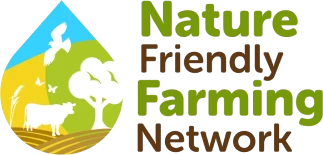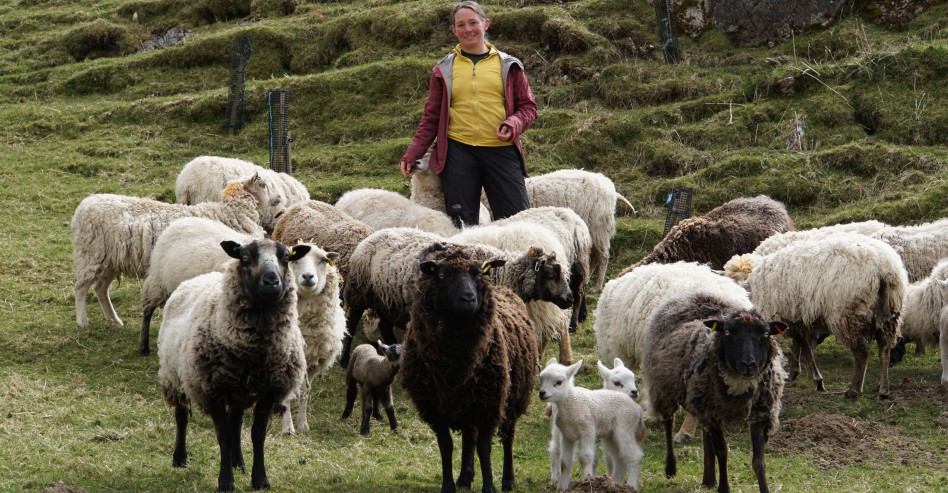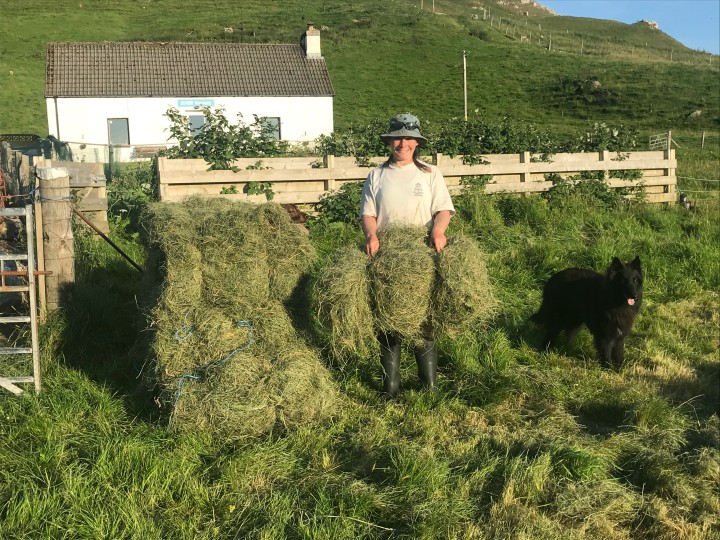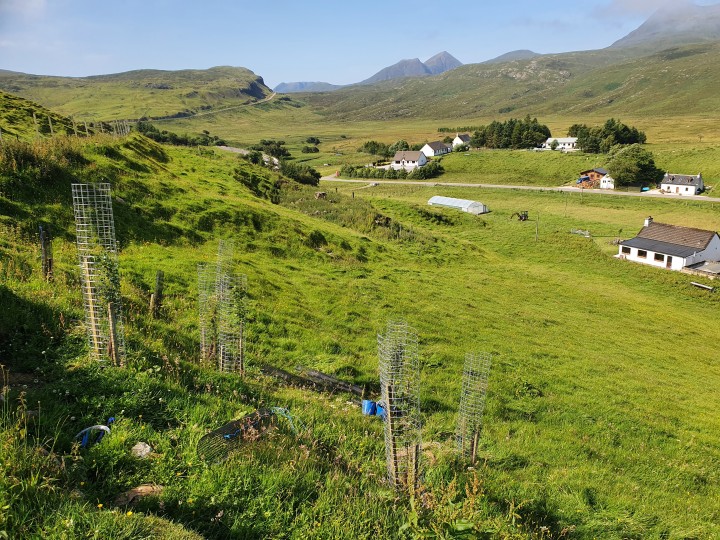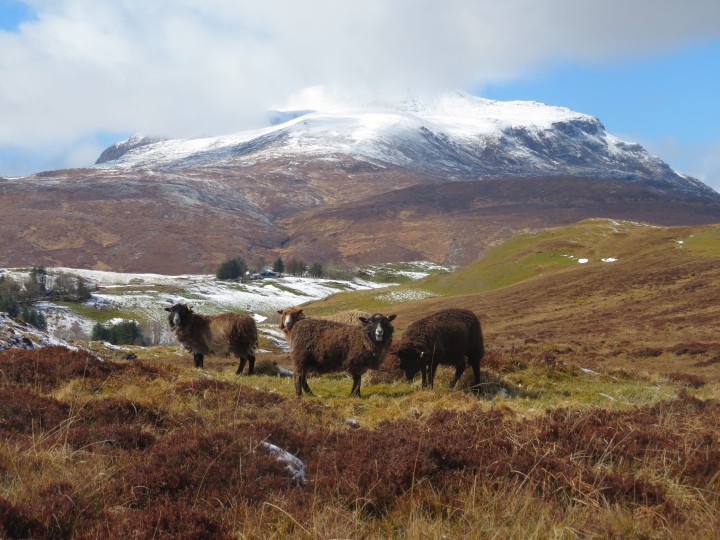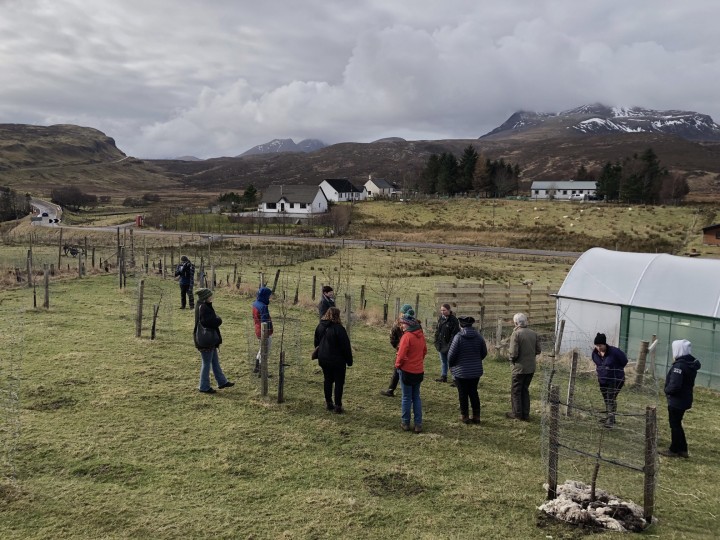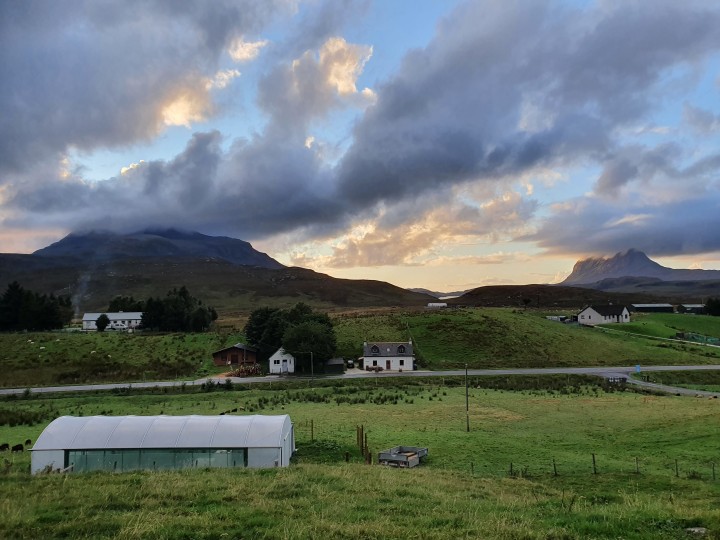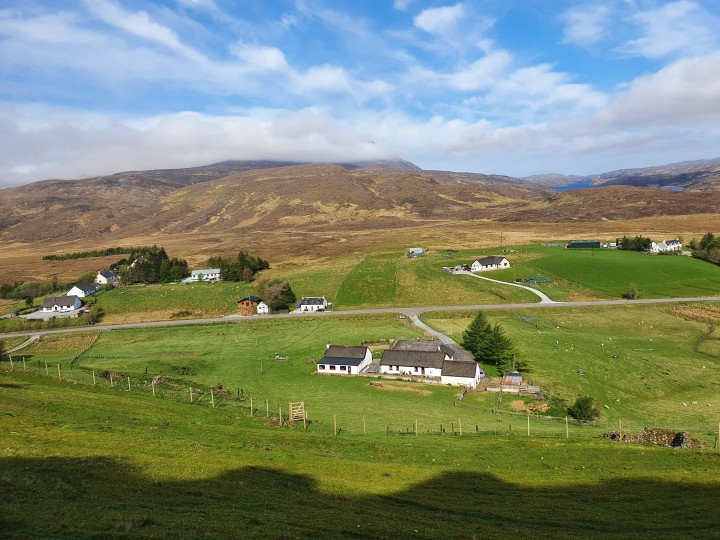Meet Helen, who runs Middleton Croft in Sutherland in the Northwest Highlands. She is a winner of the Scottish Crofting Federation’s Young Crofter of the Year award for her multi-faceted approach to crofting. She runs a tearoom, launched a local collective food hub and embraces small-scale horticulture and sheep rearing using regenerative approaches. Her way of farming is well suited to her croft’s diverse landscape, spanning ancient woodland, hills, wetlands and grasslands. She farms seven acres across three crofts with shares in 3,700 acres of common grazing at Assynt.
Helen’s approach to crofting presents an inspiring vision for embracing diversity in land use and how collaboratively sharing the local marketplace can unlock a prosperous rural community – where a healthy landscape underpins food production to the benefit of higher quality produce and abundant wildlife.
Key facts:
By launching The Green Bowl to sell online and deliver locally, Helen has created an opportunity for crofters, growers and producers in nearby townships to access a local market and create viable agricultural businesses
She produces and sells her own meat, wool, eggs, fruit and vegetables
Her food hub has reduced the environmental impacts of food transport and distribution, lessening the pressure on intensive agriculture in other areas (including the “off-shoring” of their community’s food production footprint outside of the Highlands)
Her land management works in harmony with nature through sensitive grazing regimes and a focus on suitable timings and stocking density for the landscape, avoidance of chemical sprays and artificial fertilisers and tree planting with a right tree, right place approach
